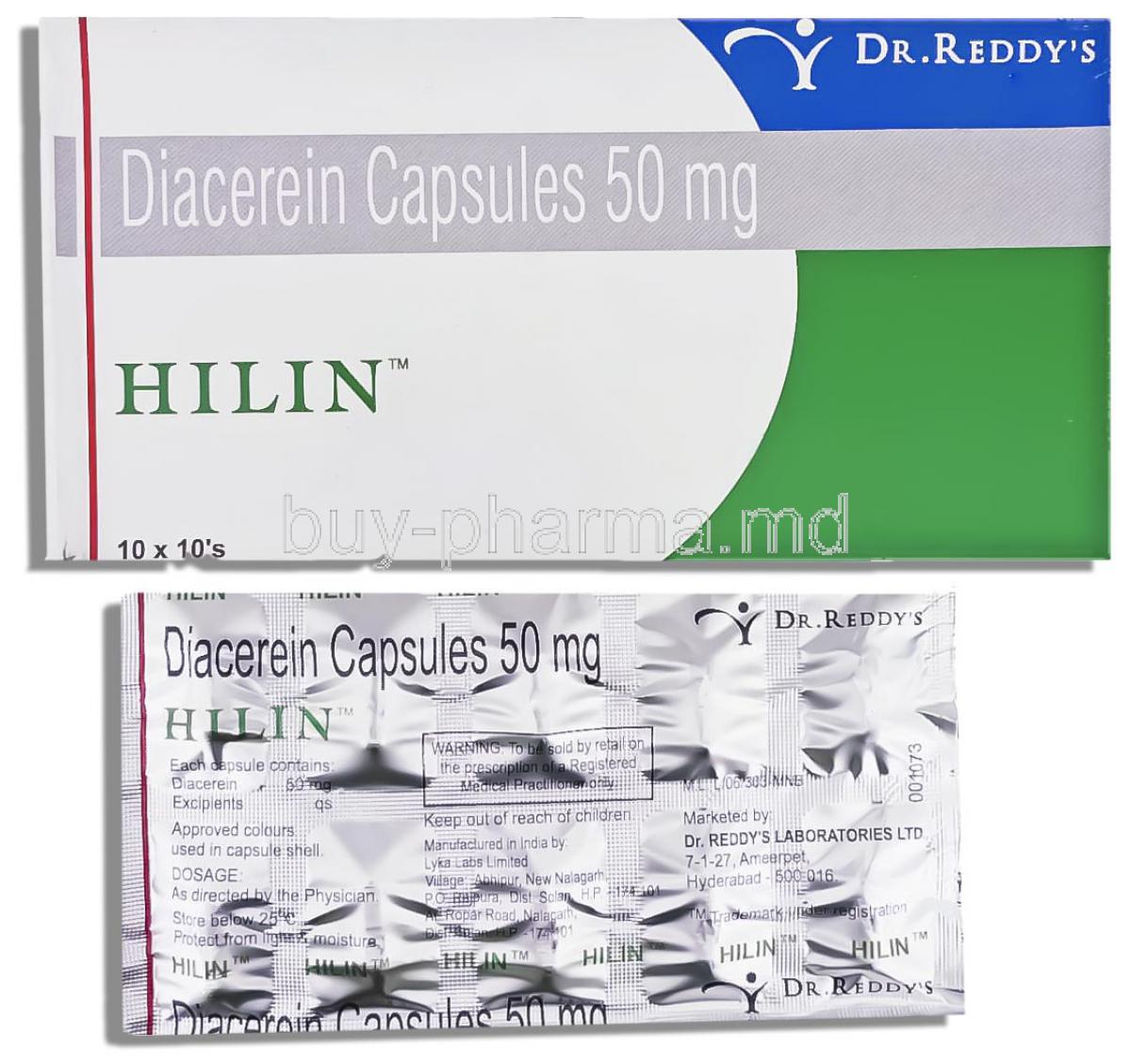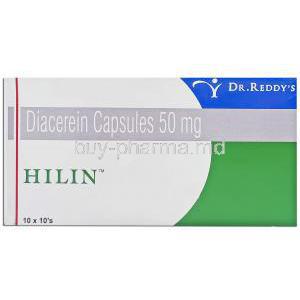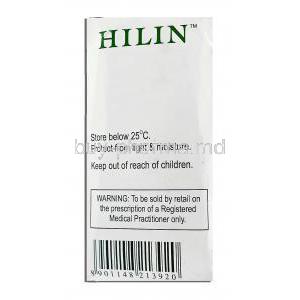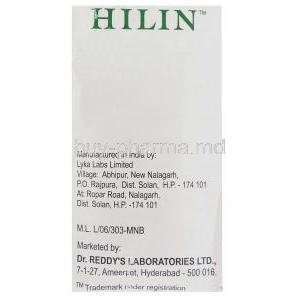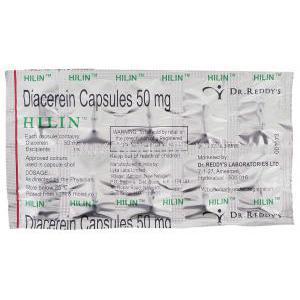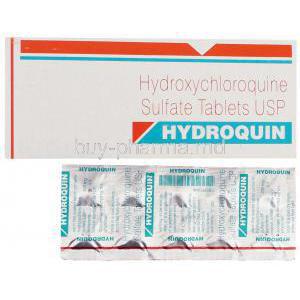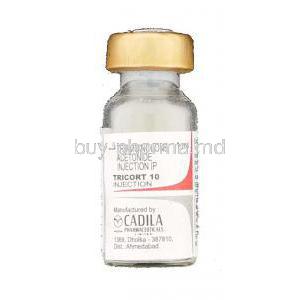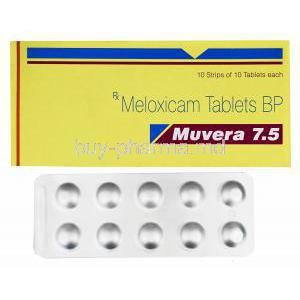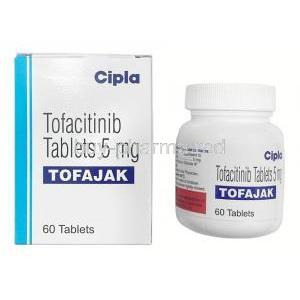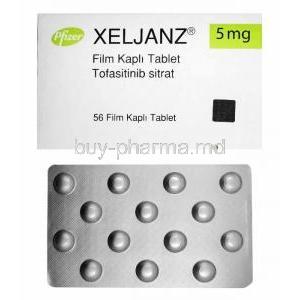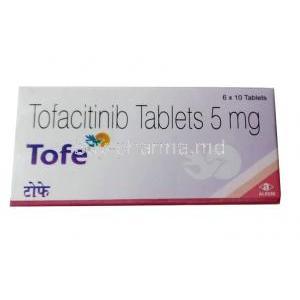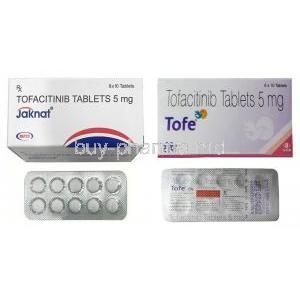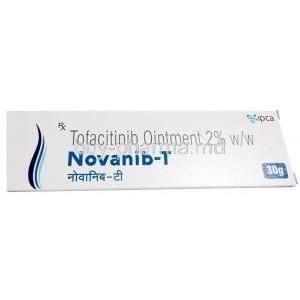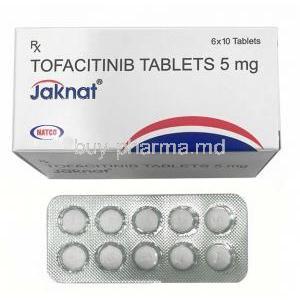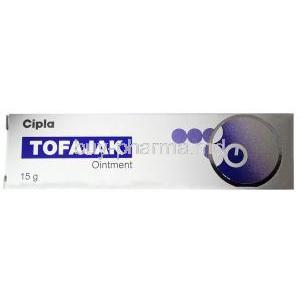Introduction to Hilin (Diacerein)
Overview of Hilin and its Therapeutic Role
Hilin, containing the active substance diacerein, is primarily utilized in the management of osteoarthritis. It is classified as a symptomatic slow-acting drug for osteoarthritis (SYSADOA), offering both analgesic and disease-modifying potential. Unlike conventional analgesics, it addresses inflammatory pathways at the cellular level, providing long-term benefits in joint preservation.
Historical Background and Clinical Development of Diacerein
Diacerein was introduced in the late 20th century as a novel therapeutic agent for degenerative joint diseases. Clinical studies across Europe and Asia confirmed its ability to slow cartilage degradation, positioning it as a distinctive alternative to non-steroidal anti-inflammatory drugs. Over the decades, it has been incorporated into international treatment guidelines, especially in patients intolerant to traditional NSAIDs.
Comparison with Other Treatments for Osteoarthritis and Related Conditions
Unlike NSAIDs, which provide rapid but temporary symptom relief, Hilin works gradually with sustained benefits. Corticosteroids may address acute flares but carry long-term safety risks. In contrast, diacerein emphasizes structural modification and reduced disease progression. Its unique chondroprotective action makes it complementary to lifestyle interventions such as weight management and physiotherapy.
Composition and Formulation
Active Ingredient: Diacerein
Hilin is powered by diacerein, a rhein anthraquinone derivative. Upon ingestion, it undergoes metabolic conversion to rhein, which is pharmacologically active and exerts anti-inflammatory effects within joint tissues.
Available Dosage Forms
- Tablets for oral administration
- Capsule formulations offering gradual release
- Fixed-dose combinations with analgesics for enhanced symptom control
Inactive Ingredients and Excipients
Formulations may include excipients such as lactose monohydrate, microcrystalline cellulose, and magnesium stearate, which support stability, absorption, and consistent bioavailability.
Mechanism of Action: How Hilin Works
Role of Diacerein as an Interleukin-1 Beta Inhibitor
Diacerein targets the interleukin-1 beta (IL-1β) signaling cascade, a pivotal mediator of joint inflammation and cartilage breakdown. By modulating this cytokine, it reduces catabolic activity in synovial tissues.
Effects on Inflammatory Pathways in Cartilage and Synovial Tissue
The drug diminishes matrix metalloproteinase activity, limiting cartilage erosion. It also suppresses nitric oxide production, thereby attenuating inflammation within the synovial environment.
Chondroprotective Properties and Impact on Joint Degeneration
By preserving chondrocyte function, diacerein fosters cartilage resilience. Long-term administration is associated with slower radiographic progression of osteoarthritis compared to untreated populations.
Comparison with Non-Steroidal Anti-Inflammatory Drugs (NSAIDs)
While NSAIDs block cyclooxygenase pathways to rapidly reduce pain, Hilin exerts a gradual but more sustained effect with a lower risk of gastrointestinal or cardiovascular toxicity.
Approved Medical Uses of Hilin
Osteoarthritis: Symptomatic Relief and Disease-Modifying Potential
Hilin is approved for the alleviation of pain and stiffness associated with osteoarthritis, particularly of the hip and knee. Clinical trials suggest modest structural benefits when administered consistently.
Management of Chronic Joint Pain and Stiffness
Diacerein improves mobility, reduces morning stiffness, and supports long-term functional outcomes. Its gradual onset of action makes it best suited for chronic management rather than acute symptom control.
Role in Long-Term Osteoarthritis Therapy
Due to its safety and tolerability profile, Hilin is often prescribed as a long-term treatment. It can be integrated into comprehensive therapeutic regimens including physiotherapy, lifestyle adjustments, and supplements.
Off-Label and Investigational Uses
Rheumatoid Arthritis Management
Some studies have evaluated diacerein as an adjunct in rheumatoid arthritis, showing potential benefits in reducing joint swelling and inflammatory markers, though it is not officially approved for this indication.
Treatment of Inflammatory Bowel Disease (IBD) Including Ulcerative Colitis
Experimental data suggest diacerein may reduce mucosal inflammation, positioning it as a candidate for managing ulcerative colitis. However, robust clinical trials are required before therapeutic adoption.
Potential Use in Other Inflammatory and Degenerative Disorders
Emerging research explores its application in conditions such as intervertebral disc degeneration, diabetic nephropathy, and chronic inflammatory syndromes.
Research on Metabolic and Systemic Conditions
Investigations into systemic metabolic diseases have hinted at its anti-inflammatory benefits, offering prospects for expanded therapeutic roles in the future.
Dosage and Administration Guidelines
Standard Adult Dosage Recommendations
The commonly prescribed regimen is 50 mg twice daily, adjusted based on individual tolerance and therapeutic response.
Titration and Initiation Protocols
To minimize gastrointestinal disturbances, therapy may begin with 50 mg once daily for the first 2–4 weeks before advancing to the full dose.
Duration of Therapy and Expected Onset of Action
Symptomatic relief typically becomes noticeable after 2–4 weeks, with maximal benefits achieved after continuous therapy lasting several months.
Administration with Food or Water for Optimal Absorption
Oral intake with meals enhances absorption and reduces gastrointestinal irritation. Adequate hydration further supports tolerability.
Special Administration Considerations
Elderly Patients: Dose Adjustments and Monitoring Needs
Elderly individuals may be more susceptible to adverse gastrointestinal reactions. Close monitoring and slower titration are recommended.
Pregnant Women: Safety Profile, Fetal Risk, and Clinical Guidance
Diacerein is contraindicated during pregnancy due to insufficient safety data and potential risks to fetal development. Alternative therapies should be considered.
Nursing Mothers: Excretion in Breast Milk and Potential Risks
Studies indicate that diacerein and its metabolites may pass into breast milk, posing potential risks to infants. Its use is not recommended during lactation.
Pediatric Patients: Safety and Efficacy Considerations, Clinical Trial Data
Hilin is not routinely prescribed for children, as clinical evidence regarding safety and efficacy in pediatric populations remains limited. Off-label use should only be considered under specialist supervision.
Side Effects of Hilin
Overview of Tolerability Profile
Hilin, containing diacerein, is generally considered safe when prescribed under proper medical supervision. Its tolerability profile is distinct from that of traditional non-steroidal anti-inflammatory drugs, yet gastrointestinal effects remain the most frequent concern. Careful dose initiation and monitoring enhance overall patient compliance and safety.
Common Side Effects
Diarrhea and Gastrointestinal Upset
The most frequently reported adverse effect is diarrhea, particularly in the initial weeks of therapy. This may range from mild looseness of stools to more pronounced gastrointestinal upset.
Abdominal Pain and Flatulence
Some patients experience transient abdominal discomfort, bloating, or increased gas. These symptoms often diminish with continued therapy or dose adjustment.
Discoloration of Urine
A harmless but noticeable effect is the dark yellow to brownish discoloration of urine. This arises from rhein metabolites and does not indicate organ damage.
Less Common Side Effects
Skin Rashes and Pruritus
Dermatological reactions such as mild rashes or itching occur in a minority of patients. These reactions typically resolve upon discontinuation of therapy.
Headache and Dizziness
Occasional neurological complaints including headache and lightheadedness have been documented, though they are generally mild and self-limiting.
Serious and Rare Adverse Reactions
Hepatic Dysfunction and Elevated Liver Enzymes
In rare cases, diacerein may elevate liver enzyme levels, necessitating periodic hepatic monitoring to ensure early detection of hepatotoxicity.
Severe Diarrhea Leading to Dehydration
Profound diarrhea can cause electrolyte imbalances and dehydration. Immediate medical attention is warranted if symptoms become severe or persistent.
Hypersensitivity Reactions
Isolated cases of hypersensitivity have been reported, manifesting as angioedema or systemic allergic responses. Discontinuation is mandatory if such reactions occur.
Long-Term Safety Concerns
Long-term studies highlight the importance of careful monitoring for hepatic and gastrointestinal complications. The benefit-risk balance must be evaluated periodically.
Contraindications
- Known hypersensitivity to diacerein or any formulation excipient
- Severe hepatic impairment or pre-existing chronic liver disease
- History of recurrent or chronic severe diarrhea
- Pregnancy and lactation, due to potential risks to fetus or infant
Drug Interactions
Interaction with Laxatives and Other GI-Active Drugs
Concurrent use with stimulant laxatives can exacerbate diarrhea, compounding gastrointestinal side effects.
Effect with Hepatotoxic Medications
Combination with hepatotoxic agents increases the risk of liver dysfunction, necessitating vigilant monitoring.
Risk When Combined with NSAIDs and Corticosteroids
Though mechanistically distinct, using Hilin alongside NSAIDs or corticosteroids can enhance gastrointestinal risks.
Potential Interactions with Antibiotics Altering Gut Flora
Broad-spectrum antibiotics may interfere with gut metabolism of diacerein, altering both efficacy and tolerability.
Warnings and Precautions
Monitoring Liver Function During Therapy
Regular hepatic enzyme assessments are recommended during prolonged use, especially in patients with predisposing conditions.
Importance of Gradual Dose Initiation to Minimize GI Side Effects
Starting with a lower dose and slowly increasing reduces the likelihood of diarrhea and other gastrointestinal disturbances.
Hydration and Dietary Considerations During Treatment
Patients are advised to maintain adequate fluid intake and avoid foods that exacerbate gastrointestinal irritation.
Long-Term Use Precautions
Extended therapy requires periodic evaluation of renal and hepatic function to safeguard long-term safety.
Careful Administration
Patients with Renal Impairment: Dosage Modification
Reduced kidney function necessitates dose adjustments and close monitoring to prevent accumulation of active metabolites.
Patients with Hepatic Impairment: Monitoring and Contraindications
Severe hepatic impairment is a contraindication, while milder cases require regular monitoring of liver function tests.
Patients with Cardiovascular and Metabolic Comorbidities
Comorbid conditions such as hypertension, diabetes, and dyslipidemia warrant cautious use, given the systemic nature of inflammation.
Guidance for Those on Polypharmacy Regimens
Patients receiving multiple medications should be evaluated for potential pharmacodynamic and pharmacokinetic interactions to minimize risks.
Overdosage and Management
Symptoms of Overdose
- Severe diarrhea with dehydration
- Electrolyte imbalance and weakness
- Signs of hepatic stress including jaundice
Supportive Treatment and Rehydration Strategies
Management focuses on fluid replacement, electrolyte correction, and symptomatic care to restore physiological balance.
Hospital Management Protocols
In severe cases, hospitalization may be required for intravenous hydration, laboratory monitoring, and supportive therapy.
Handling and Storage Precautions
Recommended Storage Conditions
Tablets should be stored below 25°C, in a dry environment, and away from direct sunlight to maintain stability.
Safe Handling of Tablets to Avoid Degradation
Tablets should remain in their original packaging until use to protect them from moisture and oxidation.
Shelf Life and Disposal of Expired Medication
Expired medication should be disposed of safely according to local pharmaceutical guidelines to prevent misuse or environmental contamination.
Conclusion
Summary of Therapeutic Value in Osteoarthritis and Beyond
Hilin provides a distinct therapeutic option for osteoarthritis, combining symptomatic relief with potential disease-modifying benefits.
Balancing Efficacy with Side Effect Management
Effective treatment requires balancing long-term efficacy against gastrointestinal and hepatic risks through proper monitoring and patient education.
Future Perspectives on Diacerein Research and Expanded Indications
Ongoing research continues to explore new indications and refine its role in inflammatory and degenerative diseases, offering prospects for broader clinical utility.

